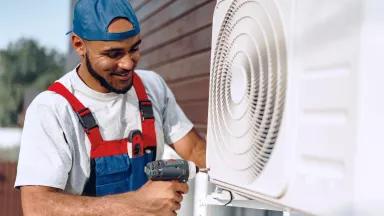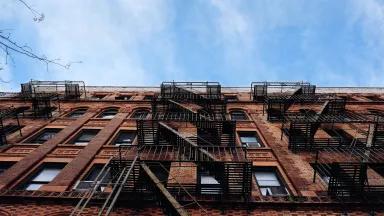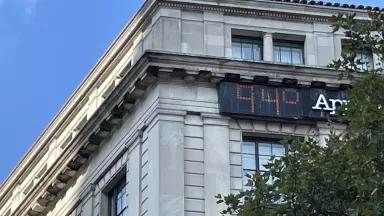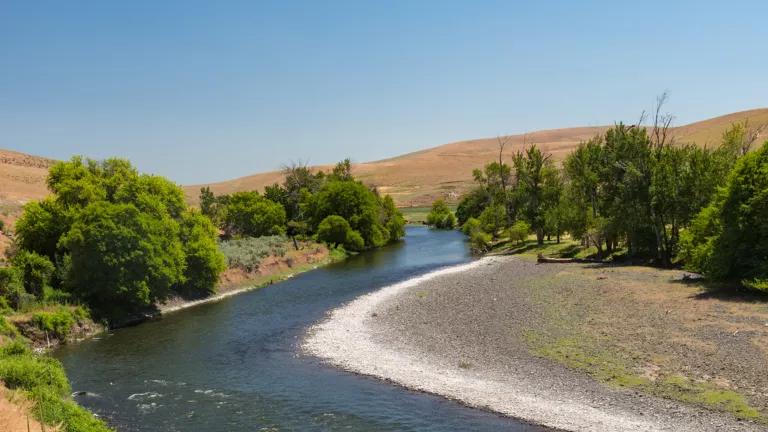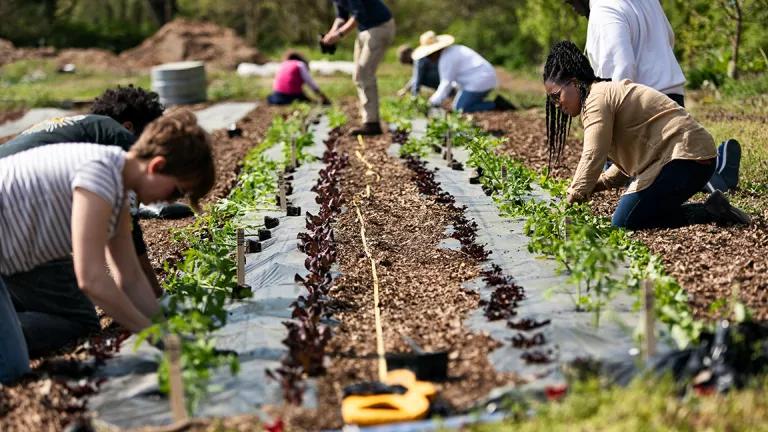LIHEAP Needs a Lifeline
Here’s why we need to strengthen the Low Income Home Energy Assistance Program in a changing climate.

Akshar Dave
Coauthored with Caleb Smith and Annie Carforo, WE ACT for Environmental Justice
One of my elderly relatives, whom I’ll call “Al,” has struggled for years to meet his basic living expenses. Before his family stepped in, Al lived in an uninsulated mobile home exposed to the full force of the southeastern U.S. sun. He was in arrears on his utilities so often that he could only get electricity service by prepaying for more expensive rates. One brutally hot summer, I tried to secure help for him through the Low Income Home Energy Assistance Program (LIHEAP). But once we finally got through to the local LIHEAP provider, we were told to call back in two months—just to get him on the waiting list. If we missed that window of opportunity, we’d have to wait another three months to try again.
He never did get approved for LIHEAP.
Al’s experience is hardly unique, as NRDC and WE ACT for Environmental Justice found in a new report called LIHEAP Needs a Lifeline: A Call to Strengthen the Low Income Home Energy Assistance Program in a Changing Climate. LIHEAP, a federally funded program administered by the U.S. Health & Human Services’ Administration for Children & Families (ACF), is one of the few sources of utility assistance available to low-income households. The decades-old bipartisan program was initially designed to help vulnerable households keep their heat on in the winter. Now, it’s also a lifeline for people facing increasingly dangerous summers and unaffordable cooling bills.
But the report finds that LIHEAP is woefully inadequate for our warming climate. Less than 3 percent of the nation’s tens of millions of income-eligible households received regular cooling benefits in each of the past few years. More than half of states don’t even offer regular cooling benefits. This includes historically hot places like North Carolina and historically cool places like New Hampshire, which nevertheless just experienced its hottest June through July period on record.
A lack of dependable, sufficient funding is one of the main barriers to serving more households. Although Congress has infused LIHEAP with big pulses of cash in recent years through laws such as the Inflation Reduction Act, baseline funding has been relatively flat since the Great Recession of 2008 and 2009. And despite the many deadly heat waves we’ve seen in recent years, LIHEAP’s contingency fund—which is meant for responding to extreme weather and other emergencies—has remained empty since fiscal year 2011.
Another barrier for eligible households is the application process itself. Under federal law, states that receive LIHEAP grants from ACF have wide latitude to define eligibility beyond criteria that are related to income. In New York State, for example, households without an adult over the age of 60 or a child under six cannot apply for cooling benefits without documentation of medical necessity. This kind of documentation can be difficult to obtain for applicants who don’t have ready access to health care.
As we learned after the report was finalized, some local LIHEAP providers don’t even follow their own state’s eligibility requirements, not to mention federal law. The Neighborhood Legal Services of Los Angeles County recently discovered that some providers in the county are wrongly denying benefits to households with qualified noncitizens and to applicants who fail to provide a requested—but not required—Social Security number.
The NRDC and WE ACT report has four main recommendations:
- Congress should refill LIHEAP’s long-empty emergency contingency fund and put the program on a path to annual appropriations of $40 billion per year.
- States should reduce eligibility barriers among particularly heat-vulnerable households.
- ACF and states should continue to improve opportunities for meaningful public participation in the development of annual LIHEAP plans, in partnership with community-based organizations that serve the households most in need.
- All levels of government should develop and implement comprehensive heat resilience strategies beyond LIHEAP, such as ensuring heat is properly considered in government plans, increasing energy efficiency, and preparing health professionals to provide climate-informed care.
Access to affordable cooling at home isn’t a luxury—it’s a matter of life or death for the most vulnerable among us. This includes older adults with chronic illnesses, low-wage workers who spend their days in the heat, and Black residents of neighborhoods that bear the ongoing scars of racist practices and policies such as disinvestment and redlining. Low-income households shouldn’t be forced to skip meals, forgo new shoes for their growing children, or take on predatory loans with triple-digit interest rates to keep themselves safe from the heat.
Congress should act now to ensure LIHEAP can truly be a lifeline for low-income households in our rapidly warming climate.

